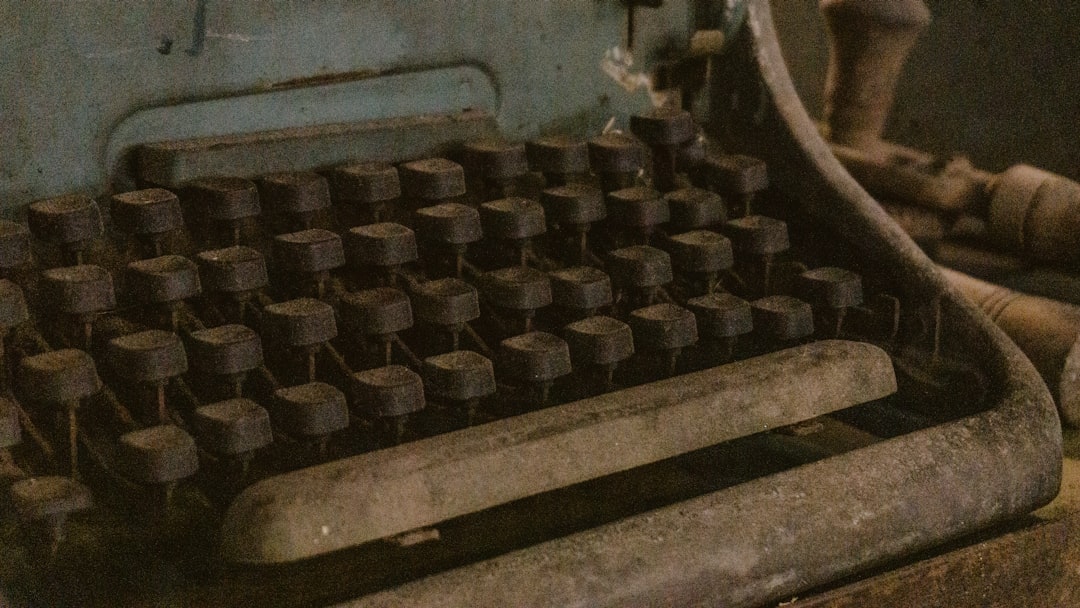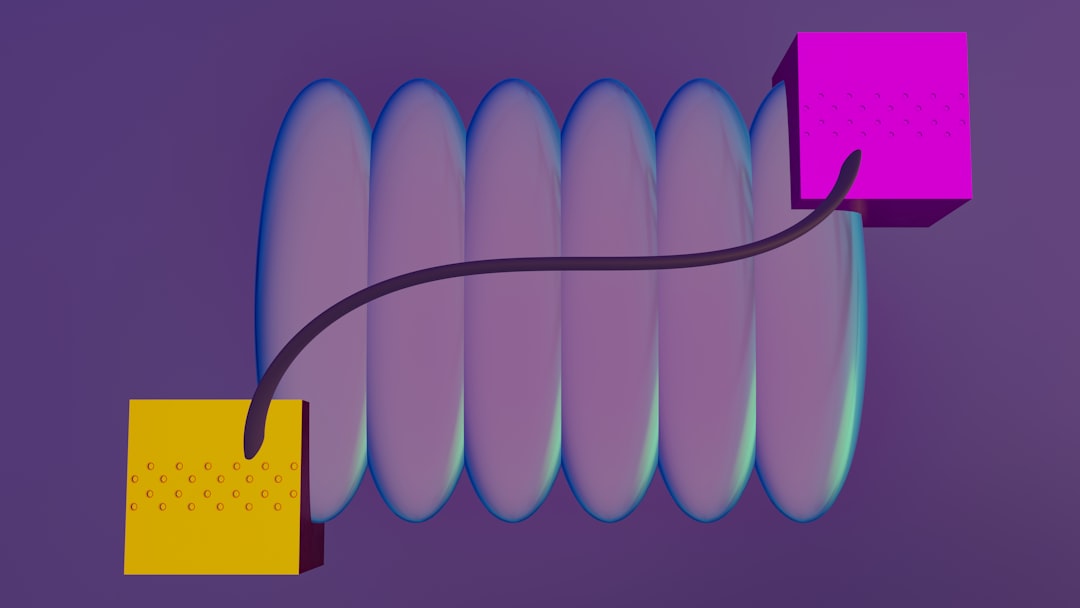Unlocking Efficiency: The Ultimate Guide to Aluminum Roll Forming Machines
In modern manufacturing, efficiency, precision, and versatility are paramount. The aluminum roll forming machine is a cornerstone technology that delivers on all three fronts, transforming metal strips into high-quality, complex components at remarkable speeds. From automotive parts to construction materials, the impact of this process is widespread. This guide will explore the mechanics, benefits, and applications of aluminum roll forming, providing you with the essential knowledge to leverage this powerful manufacturing method.

What Exactly is an Aluminum Roll Forming Machine?
A roll forming machine is a specialized piece of equipment designed to continuously bend a long strip of sheet metal (often from a coil) into a desired cross-sectional profile. The process is a type of cold plastic deformation, meaning it's done at room temperature. Unlike stamping or press braking, which shape metal in single, forceful hits, roll forming uses a series of precisely calibrated rollers to shape the aluminum progressively. Each roller station performs a small part of the bending, and as the strip moves through the line, it is gradually molded into the final, uniform shape. This incremental approach prevents excessive stress on the material, ensuring a high-quality, smooth finish with tight tolerances.
The Step-by-Step Aluminum Roll Forming Process
Understanding how an aluminum roll forming machine works reveals why it's so efficient. While machines can be complex, the core process follows a clear sequence of operations:
- Decoiling and Feeding: The process starts with a large coil of aluminum sheet, which is loaded onto an uncoiler. The uncoiler smoothly feeds the metal strip into the machine, often passing through a straightener to ensure the material is perfectly flat before forming begins.
- Progressive Forming: The flattened strip then enters the heart of the machine—the series of roller stations. Each station consists of a set of rollers (or roll dies) that incrementally shape the metal. For example, the first set of rollers might create a slight 15-degree bend, the next a 30-degree bend, and so on, until the final profile is achieved. Lubrication is often applied to reduce friction and prevent surface defects.
- In-line Processing (Optional): Many modern roll formers integrate secondary processes directly into the line. Operations like punching holes, notching, or embossing can be performed before or during the forming process, eliminating the need for separate offline work and reducing labor costs.
- Cutting: Once the profile is fully formed, it moves to a cutting station. A high-speed "flying die" or shear cuts the continuous profile to a predetermined length without stopping the line, a key feature for high-volume production.
- Discharge and Stacking: The finished parts exit the machine onto a run-out table, where they are collected, inspected, and stacked for shipping or assembly.

Key Industries and Applications
The versatility of aluminum roll forming makes it indispensable across numerous sectors. Because aluminum is lightweight, corrosion-resistant, and strong, the parts produced are highly desirable.
- Construction and Architecture: This is one of the largest markets. Roll formers produce roofing panels, wall cladding, gutters, downspouts, window and door frames, and structural studs. The ability to produce long, continuous panels on-site with portable machines is a major advantage.
- Automotive and Transportation: In the push for fuel efficiency, lightweighting vehicles is critical. Roll forming is used to make structural components, bumpers, chassis parts, and decorative trim for cars, trucks, and buses.
- Solar Energy: The frames and support structures for solar panels are often made using roll forming, which provides the necessary strength and weather resistance for long-term outdoor use.
- Electronics and Appliances: Machine operators can create precise, complex shapes for casings, enclosures, heat sinks for electronic components, and parts for appliances like refrigerator shelving.
- Furniture and Storage: The process is used to manufacture components for office furniture, industrial shelving, and racking systems.
The Overwhelming Advantages of Aluminum Roll Forming
Manufacturers choose roll forming over other metalworking methods for several compelling reasons:
- High Efficiency: With production speeds ranging from 30 to over 100 feet per minute, it's ideal for high-volume production runs.
- Consistency and Precision: The process produces highly uniform parts with tight dimensional tolerances, which is crucial for assembly and finished product quality.
- Design Flexibility: It allows for the creation of complex and intricate profiles that would be difficult or impossible with other methods.
- Superior Finish: The gradual forming process results in an excellent surface finish, making it suitable for decorative parts.
- Material Efficiency: Roll forming generates very little scrap material compared to processes like stamping.
- Strength: While being a cold-forming process, it can actually increase the yield and tensile strength of the aluminum through work hardening.
How to Choose the Right Aluminum Roll Forming Machine
Selecting the right machine is a significant investment that depends entirely on your specific needs. Here are key factors to consider:
- Define Your Product: What profiles do you need to produce? Consider the complexity, dimensions, and material thickness. This will determine the number of forming stations and the overall machine configuration required.
- Assess Production Volume: Your required output (daily, weekly, etc.) will dictate the necessary machine speed and level of automation. For high-volume needs, a fully automated, continuous line with in-line punching and cutting is essential.
- Material Compatibility: Ensure the machine is engineered to handle aluminum and the specific alloys and thicknesses you plan to use.
- Evaluate the Manufacturer: Look for a reputable supplier with a proven track record, positive customer reviews, and industry expertise. Inquire about their tooling design capabilities, as the quality of the rollers is critical to the quality of the final product.
- Consider Customization and Support: Does the manufacturer offer customization? What about warranty, technical support, and the availability of spare parts? Excellent after-sales service is crucial to minimize downtime.
- Budget and ROI: While the initial cost is important, consider the total cost of ownership, including maintenance, tooling, and operating costs. A reliable, efficient machine offers a better return on investment in the long run.
